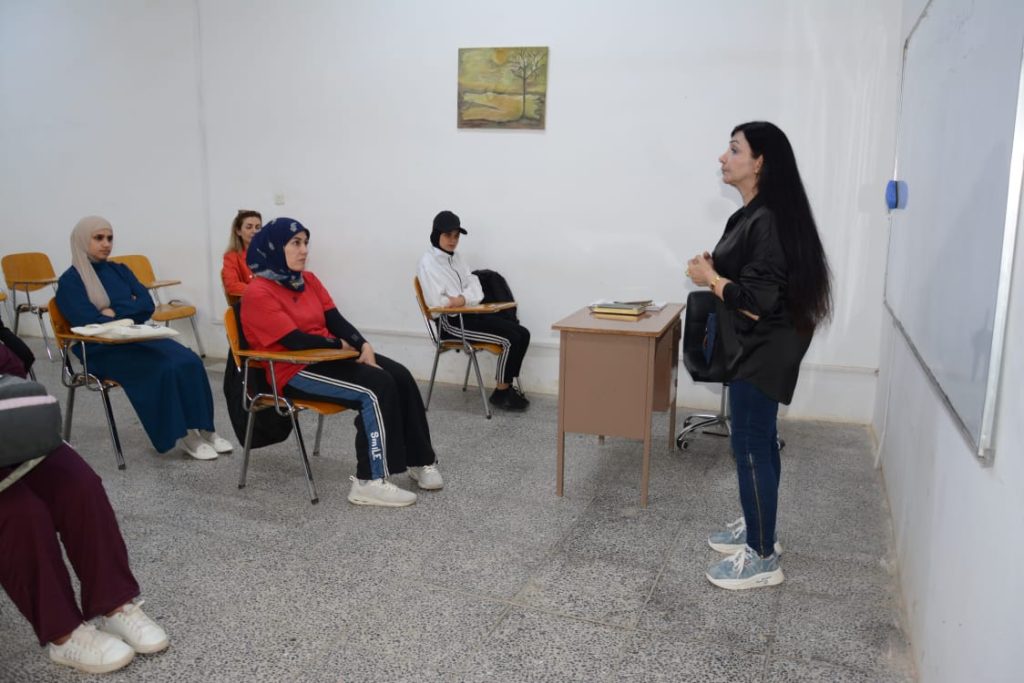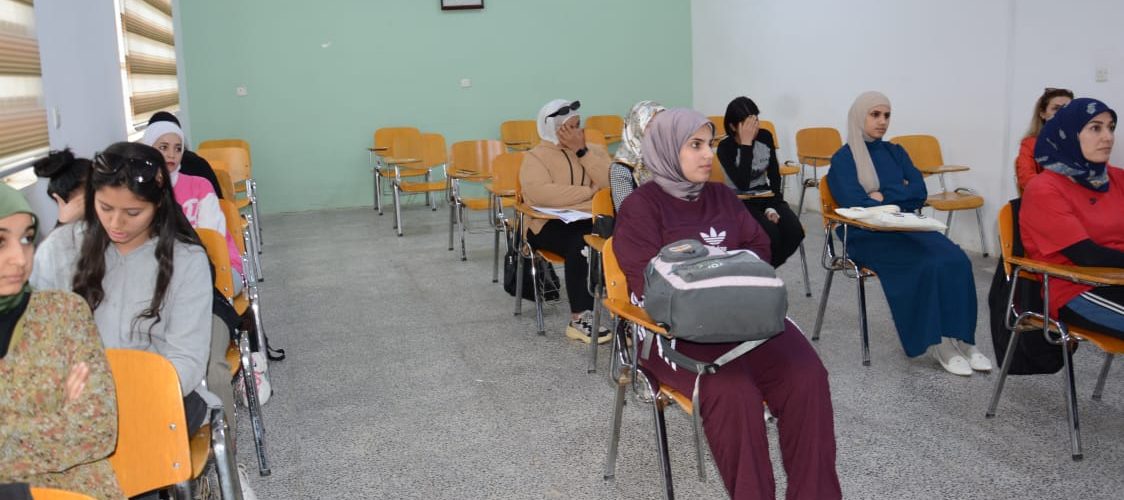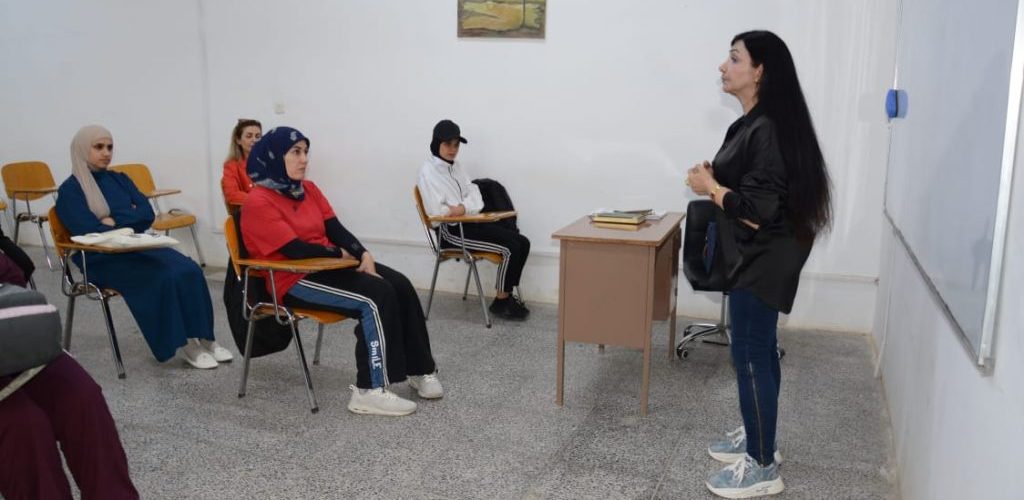The Rehabilitation, Employment, and Follow-up Unit at the College of Physical Education and Sports Sciences for Girls, University of Baghdad, organised a specialised workshop titled (How to Write Scientific Reports and Research Papers)—the workshop presented by Prof. Dr. Mona Talib Al-Badri from the Individual Games Department.
Dr. Al-Badri introduced the concept of a report as a concise and direct document typically prepared for a specific purpose and audience. She emphasised that reports analyse a particular situation or problem and provide recommendations that support future decision-making. She also highlighted the different types of reports, including Formal and informal reports, long and short reports, informative and analytical reports, vertical and lateral reports, internal and external reports, and the last type, Proposal or periodic or functional reports.
Additionally, she outlined ten essential steps in report writing:
-
Defining the terms of reference.
-
Establishing writing procedures.
-
Collecting relevant information.
-
Determining the overall structure.
-
Drafting the initial version.
-
Analyzing the gathered data and information.
-
Formulating the conclusion.
-
Presenting recommendations.
-
Preparing the executive summary and table of contents.
-
Documenting references in a structured list, followed by final review and proofreading.
This workshop aligns with one of the key Sustainable Development Goals (SDGs), particularly Goal 4: Quality Education, by enhancing academic and research skills for better educational outcomes.
The Rehabilitation, Employment, and Follow-up Unit at the College of Physical Education and Sports Sciences for Girls, University of Baghdad, organised a specialised workshop titled (How to Write Scientific Reports and Research Papers)—the workshop presented by Prof. Dr. Mona Talib Al-Badri from the Individual Games Department.
Dr. Al-Badri introduced the concept of a report as a concise and direct document typically prepared for a specific purpose and audience. She emphasised that reports analyse a particular situation or problem and provide recommendations that support future decision-making. She also highlighted the different types of reports, including Formal and informal reports, long and short reports, informative and analytical reports, vertical and lateral reports, internal and external reports, and the last type, Proposal or periodic or functional reports.
Additionally, she outlined ten essential steps in report writing:
-
Defining the terms of reference.
-
Establishing writing procedures.
-
Collecting relevant information.
-
Determining the overall structure.
-
Drafting the initial version.
-
Analyzing the gathered data and information.
-
Formulating the conclusion.
-
Presenting recommendations.
-
Preparing the executive summary and table of contents.
-
Documenting references in a structured list, followed by final review and proofreading.











